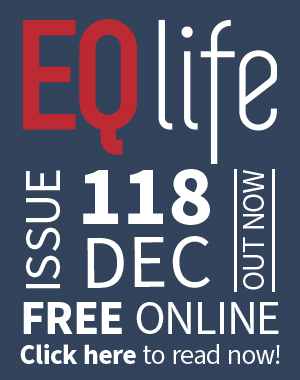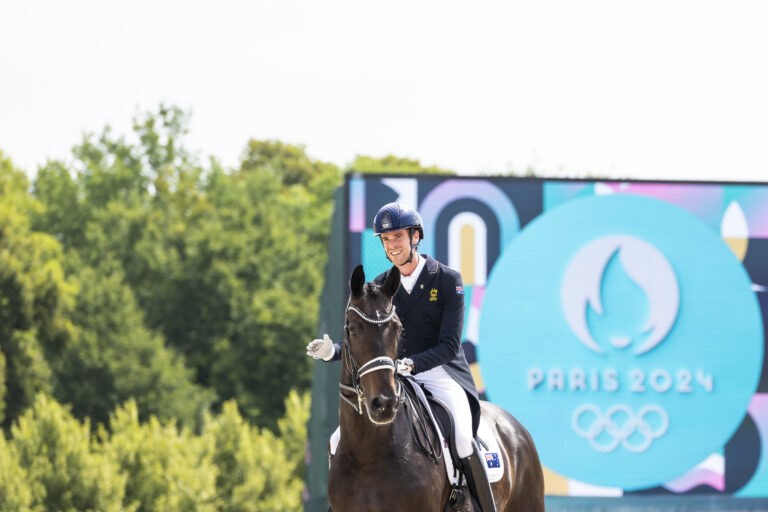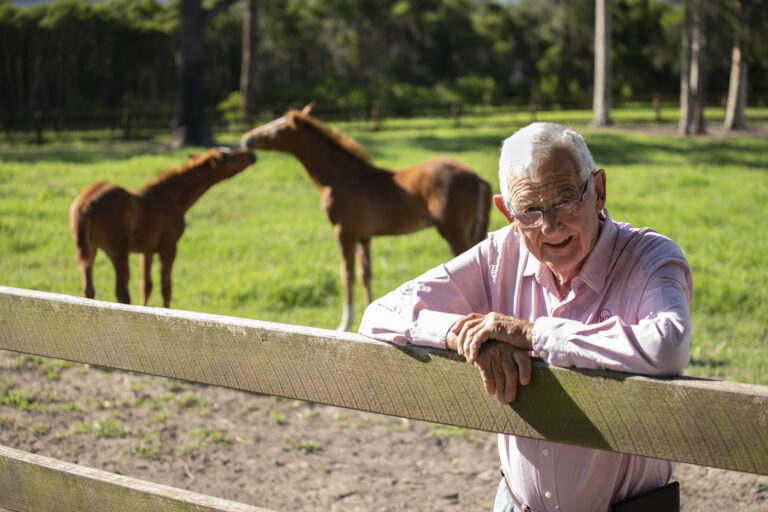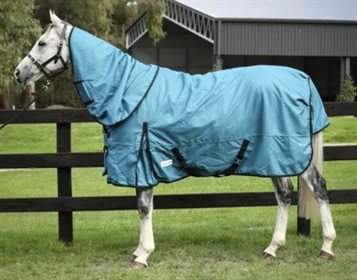Bomber pictured talking about the importance of bit fitting.
The Importance of Bit Fitting
General Bit Fitting
In the past, very little attention was paid to how the bit fitted. We were given very general rules, such as the bit should be on the larger side to avoid pinching, and there should be two wrinkles visible to show the bit was set high enough in the mouth.
Neither of these suggestions considered each individual horse’s mouth confirmation. A bit that is set too high will create constant pressure on the lips causing the horse to go numb after some time. Light aids are also lost when the pressure is too great.
There can be no hard and fast rule for how high the bit should be set, it is dependent on each horse’s mouth confirmation. With a gelding or entire, we need to check where the canine teeth are, if the top canine is set further back in the jaw, the bit will need to be set higher to avoid touching this tooth when the bit is relaxed. We also need to take the lips into account. Lips that are loose and floppy will not hold the bit well – it will need to be set slightly higher.
Traditional advice to have the bit mouthpiece slightly too large rather than too small has also proven to cause some problems. When the bit is too big for the horse, we see too much movement from left to right which can cause rubbing and discomfort. A bit that is too large will not sit correctly on the inside of the mouth. With a ported bit, this means that the port will not sit correctly on the bars, with a jointed bit, the joints will not sit in the correct place – add this to excess side to side movement and the chance of abrasions increases.
Mouth Conformation Types Bomber has noticed and how they can affect bit fitting:
Over the past decade breeders have been aiming to refine sport horses. This has led to some changes in the conformation of the mouth of these horses. We have been seeing more and more horses that have a narrower bottom jaw. Whereas 10 years ago the distance between the bars of the lower jaw would be upwards of 40mm, now we are seeing an average of 15 – 25mm. This influences how the bit sits in the mouth and needs to be considered when bitting both a ported and a jointed mouth piece.
Also of note is that on many occasions this narrow bottom jaw is well hidden by thick, fleshy lips. Not only do fleshy lips hide a narrow bottom jaw, but they also impact the fitting of the bit. Traditionally we have fitted the bit to the outside of the lips. These conformation changes have made it more and more important to fit the bit to the inside of the mouth. This frequently means selecting a fixed cheek piece over a loose ring type, so that the bit can be fitted a little snug to ensure it fits correctly on the inside of the mouth.
Also, over this period of time, the horse’s ‘smile’ has been getting shorter and shorter. The smile is the lip from the incisor to molar. This influences the type of bit that will be most comfortable for the horse, as well as how the bit is fitted. If the horse has canine teeth, and a short smile, it limits where the bit can sit in the mouth.
Examples:
A good example was a Polocrosse player who contacted us at Bombers for advice. This person had noticed little abrasions on the side of the horse’s cheeks, on both sides. This is a somewhat unusual place to see abrasions. We had a look at the horse – from the outside the bit appeared to fit very well, just a little space between the lips and the hole the ring went through. Looking a little closer though, we discovered that the horse had very fleshy lips, which was hiding a narrow bottom jaw. The middle joint of the bit was not sitting correctly in the mouth as the bit was too big for the inside of the mouth, even though it looked good from the outside. We reduced the size of the bit by 15mm and moved to a fixed cheek piece to ensure the bit wouldn’t pinch. This cleared up the problem completely and the horse won Golden Pony at the next tournament.
We also had a rider contact us as their horse was experiencing discomfort around the bars. This horse was in our Happy Tongue bit. This was a very unusual problem as the area of the Happy Tongue mouthpiece which sits on the bars is round and smooth, there is nothing there to cause any problems. We took a closer look and discovered that the horse had a very narrow bottom jaw. This resulted in the side of the port sitting incorrectly in the mouth, with some side to side movement, causing the bit to bump over the bars. We went to a narrower port, which then sat correctly on the bars and the horse no longer had any problems with rubbing.

Amanda Ross at Melbourne 3DE © Tazzie Eggins
For more information:
www.facebook.com/BombersAustralia
www.instagram.com/bombersbitsaus
READ THE LATEST NEWS ARTICLES HERE

